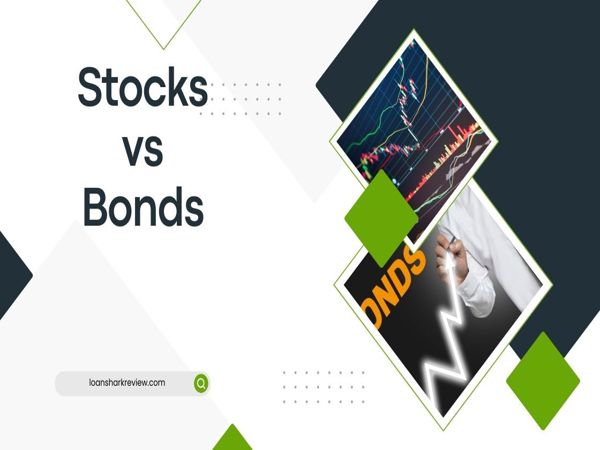When it comes to investing, two of the most common options are stocks and bonds. Both offer potential for returns but work very differently. Understanding these differences is crucial for making informed investment decisions. In this post, we’ll delve into what stocks and bonds are, how they function, their potential revenues, and ultimately help you decide which might be the best fit for your financial goals.
Understanding Stocks
What Are Stocks?
Stocks represent ownership in a company. When you purchase a share of stock, you’re buying a small piece of that company. As the company grows and earns profits, the value of your shares may increase, and you may receive dividends, which are periodic payments made to shareholders from the company's profits.
How Stocks Work
When you buy stock, you essentially bet on the company's future performance. Here’s how it works:
- Buying Shares: You purchase shares of a company through a brokerage.
- Price Appreciation: If the company performs well, the price of your shares may rise. For example, if you bought 10 shares of a company at $10 each, your investment would be $100. If the price rises to $15, your investment is now worth $150, yielding a profit of $50.
- Dividends: Many companies pay dividends to their shareholders. For instance, if a company pays a $1 dividend per share and you own 10 shares, you would receive $10 in dividends.
Potential Revenue from Stocks
The potential revenue from stocks can be substantial, especially over the long term. Historically, stocks have returned an average of about 7-10% per year, depending on market conditions. However, this comes with volatility and risk—prices can drop just as easily as they can rise.
Example: Suppose you invest $1,000 in a stock portfolio that yields an average annual return of 8%. In 10 years, your investment could grow to approximately $2,158, assuming the same rate of return and no additional contributions.
Understanding Bonds
What Are Bonds?
Bonds are essentially loans that you provide to an organization (government or corporation) in exchange for periodic interest payments plus the return of the bond's face value when it matures. When you buy a bond, you are lending money to the issuer.
How Bonds Work
- Buying Bonds: You purchase a bond for its face value, which is the amount the issuer agrees to pay you back at maturity. For example, you might buy a bond for $1,000.
- Interest Payments: Bonds typically pay interest, known as the coupon, at regular intervals. If the bond has a 5% coupon rate, you would receive $50 annually (5% of $1,000).
- Maturity: At the end of the bond’s term, you receive your initial investment back.
Potential Revenue from Bonds
The revenue from bonds is generally more stable than stocks but usually comes with lower returns. The average annual return for bonds is about 3-5%.
Example: If you invest $1,000 in a bond with a 5% coupon rate, you would receive $50 per year. After 10 years, you would have received $500 in interest, and you would get your initial $1,000 back when the bond matures.
Comparing Stocks and Bonds
Risk and Reward
- Stocks: Higher potential for significant returns but come with greater risk. Prices can fluctuate wildly, and there's a chance of losing your investment if the company performs poorly.
- Bonds: Generally safer with more stable returns, but they typically offer lower potential returns compared to stocks. Interest rate changes can affect bond prices, and if you hold a bond to maturity, you will receive your initial investment back.
Liquidity
- Stocks: Usually more liquid, meaning you can buy and sell them quickly on the stock market.
- Bonds: Can be less liquid, especially if you hold them to maturity. However, they can be sold in the secondary market, but prices can vary based on market conditions.
When to Choose Stocks
Consider investing in stocks if you:
- Are looking for long-term growth.
- Can handle market fluctuations.
- Want the potential for higher returns.
When to Choose Bonds
Consider investing in bonds if you:
- Prefer stability and lower risk.
- Seek a predictable income stream.
- Are approaching retirement and need to preserve capital.
Conclusion
Both stocks and bonds have their place in an investment portfolio. Stocks offer higher potential returns and are suitable for investors with a higher risk tolerance, while bonds provide stability and regular income, making them a safer choice for conservative investors. Ultimately, the decision depends on your financial goals, risk tolerance, and investment horizon.
A diversified portfolio that includes both stocks and bonds may provide the best of both worlds, balancing risk and reward.

.jpg)








